Market Analysis
In-depth Analysis of Ceiling Fan Market Industry Landscape
The ceiling fan market is influenced by several key factors that shape its growth and dynamics. One of the primary drivers of this market is the demand for energy-efficient cooling solutions. With increasing concerns about energy consumption and environmental sustainability, consumers are seeking appliances that can effectively cool their homes while minimizing electricity usage. Ceiling fans offer a cost-effective and environmentally friendly alternative to air conditioning, making them a popular choice for residential and commercial spaces alike. As energy efficiency regulations become more stringent and consumer awareness of environmental issues grows, the demand for energy-efficient ceiling fans is expected to continue rising.
Additionally, changing consumer lifestyles and preferences contribute to the evolution of the ceiling fan market. As homeowners prioritize comfort, aesthetics, and convenience in their living spaces, there is a growing demand for ceiling fans that not only provide efficient cooling but also enhance the overall decor of a room. Manufacturers are responding to this trend by offering a wide range of ceiling fan designs, finishes, and features to suit different interior styles and personal preferences. From sleek and modern designs to classic and rustic styles, there is a ceiling fan option available to complement any decor theme.
Technological innovation plays a significant role in driving advancements in the ceiling fan market. Manufacturers are continually investing in research and development to improve the performance, functionality, and connectivity of ceiling fans. Smart ceiling fans equipped with integrated Wi-Fi connectivity, remote controls, and compatibility with voice assistants are becoming increasingly popular among tech-savvy consumers who value convenience and connectivity. These smart features allow users to control fan speed, direction, and lighting settings remotely via smartphone apps or voice commands, enhancing the user experience and convenience.
Moreover, demographic shifts and urbanization patterns influence the ceiling fan market. As urban populations grow and housing densities increase, there is a rising demand for space-saving and versatile cooling solutions that can effectively circulate air in smaller living spaces such as apartments, condos, and high-rise buildings. Ceiling fans offer an efficient and space-saving cooling option compared to traditional pedestal or floor fans, making them well-suited for urban living environments. Additionally, as emerging economies experience rapid urbanization and rising middle-class populations, there is a growing market for ceiling fans in regions with warm climates where air conditioning may be cost-prohibitive for some consumers.
Competition and market saturation also impact the ceiling fan market, with numerous manufacturers vying for market share in both domestic and international markets. Established brands with a strong reputation for quality, reliability, and innovation often dominate the market, but new players and niche brands are also emerging with innovative designs and features to capture consumer interest. Furthermore, the rise of e-commerce has transformed the retail landscape, offering consumers more choices and access to a wider range of ceiling fan options from both local and international manufacturers.

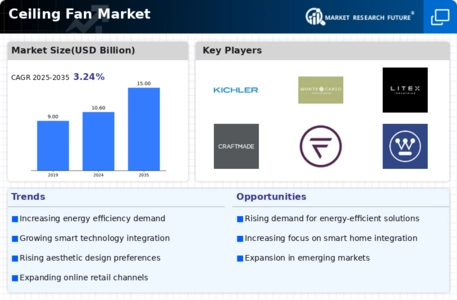
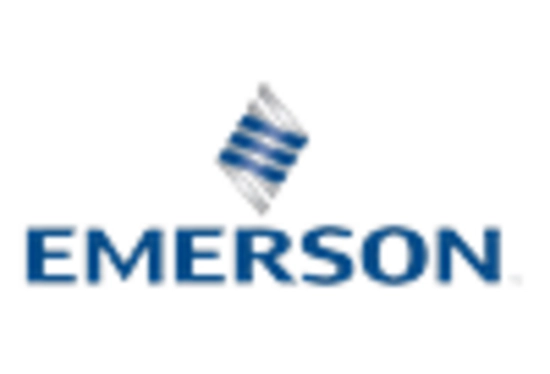
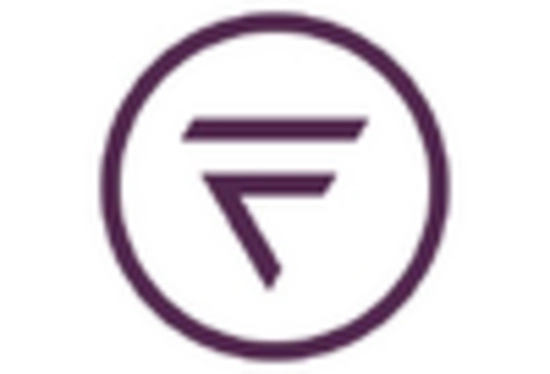


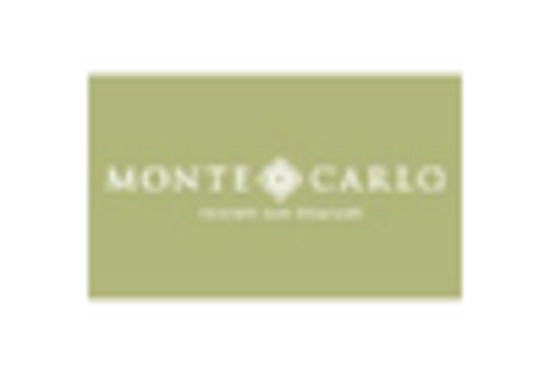
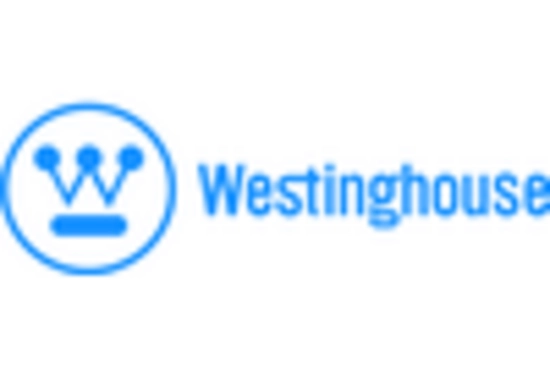









Leave a Comment